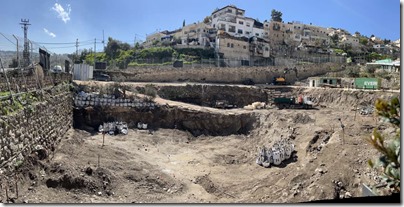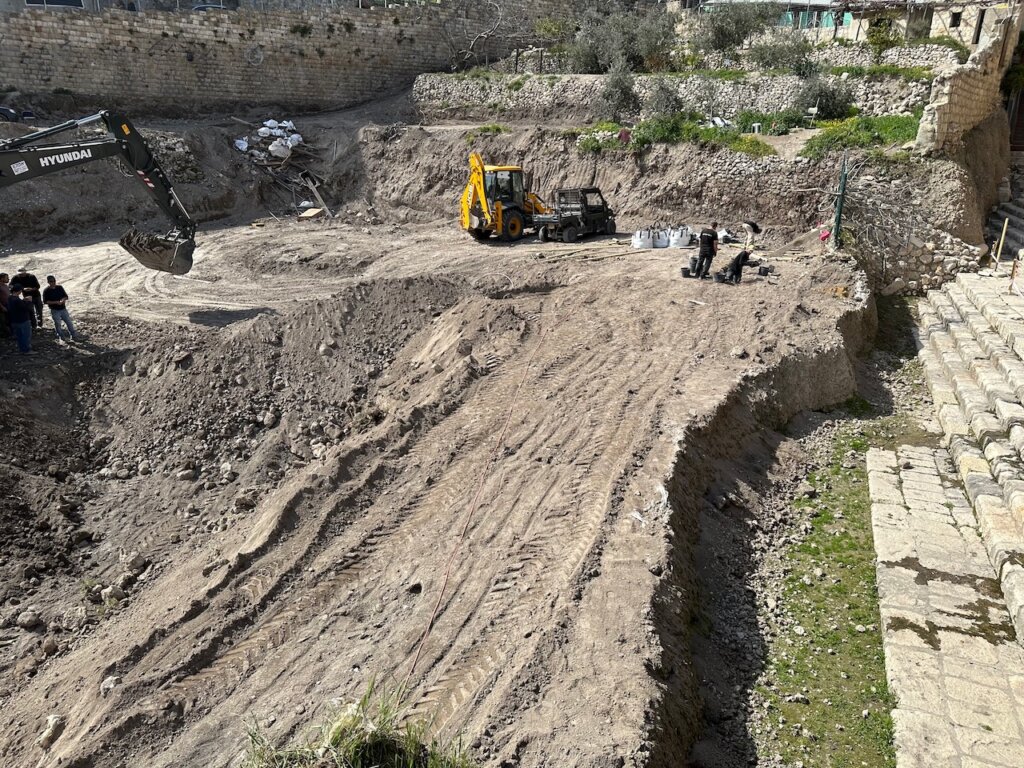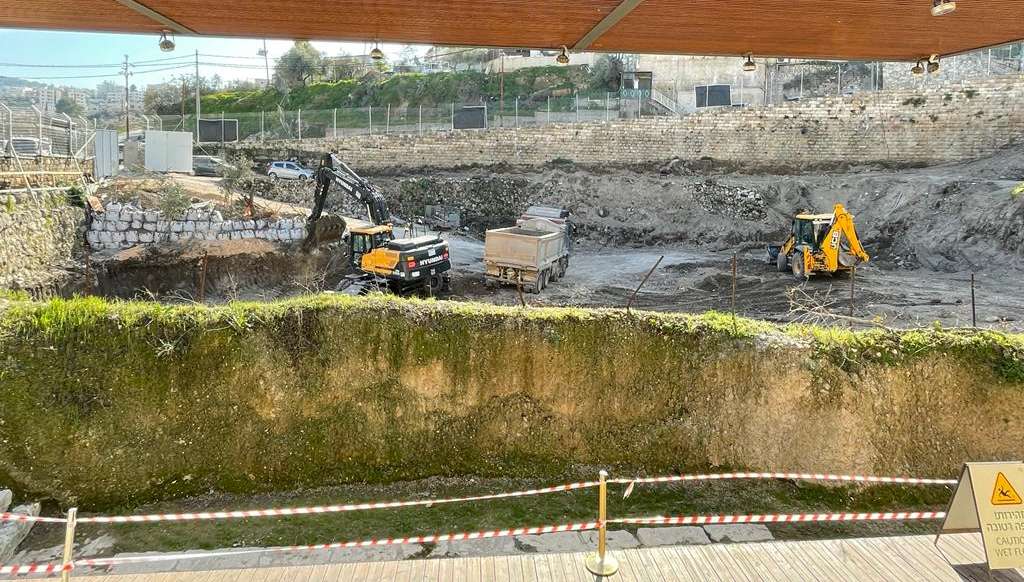Archaeologists have discovered the oldest pearling town on an island in the Persian Gulf.
Writing for Christianity Today, Mark Wilson recounts the history of Antioch on the Orontes, including its significant place in the early church and the numerous earthquakes it has suffered.
Jason Borges provides some essential information for visiting Antalya, a beautiful city on the southern coast of Turkey. I would add a day-trip recommendation for Termessos.
This 10-minute video explains the ancient craft of parchment-making, in the city which gave its name to parchment (Pergamum).
“The coveted metal copper and a sheltered location turned the Cypriot village of Hala Sultan Tekke into one of the most important trade hubs of the Late Bronze Age.”
“The exhibition ‘The colours of the Romans. Mosaics from the Capitoline Collections,’ on show in Rome’s Montemartini Museum, has been expanded to include a new section presenting 16 newly restored works dating from the late Roman period and never before shown in public.”
Entrance to the Pantheon in Rome will no longer be free.
The most expensive coin ever sold at auction was sold using false provenance and the owner of the auction house has been arrested.
“Governments, law enforcement officials and researchers have linked a mounting number of the Met’s relics to looters and traffickers.”
New release: The Public Lives of Ancient Women (500 BCE-650 CE), edited by Lucinda Dirven, Martijn Icks, and Sofie Remijsen (Brill, $143).
HT: Agade, Arne Halbakken, Explorator


